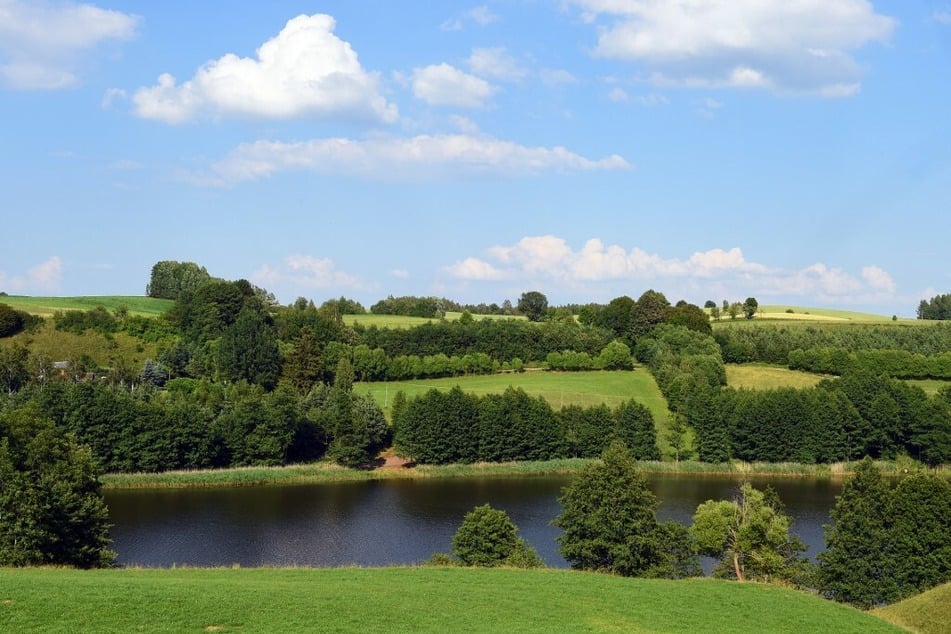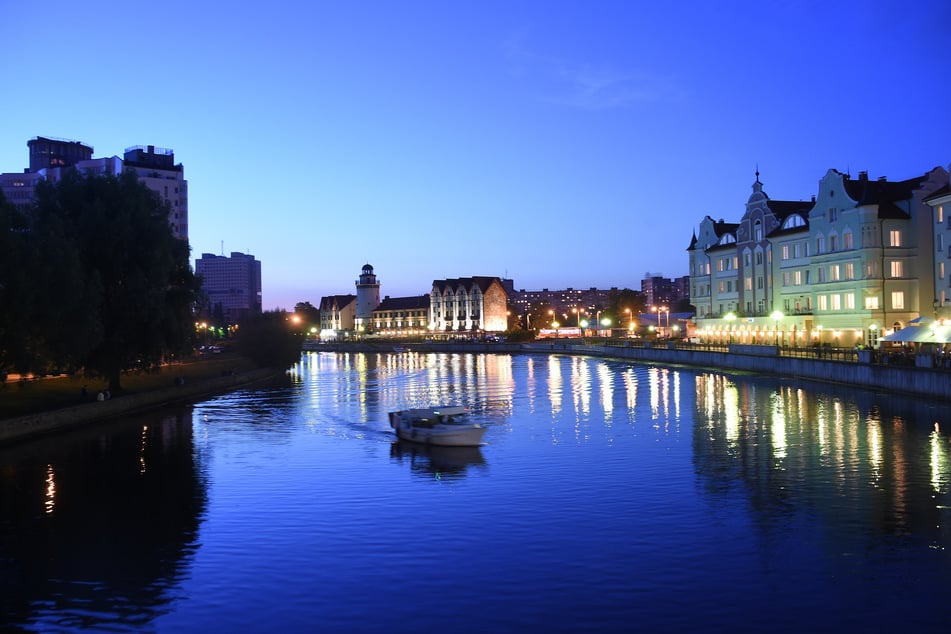This is currently the most dangerous place in the world!
Warsaw/Vilnius - "Don't forget Kaliningrad," warned Kremlin spokesman Dmitry Peskov (54) shortly after the start of Russia's war of aggression against Ukraine. The Russian Baltic Sea exclave is located between Poland and Lithuania and is strategically important for Moscow. On the one hand, it is home to an important naval base of the Russian fleet with tens of thousands of soldiers. On the other hand, Russia has stationed nuclear-capable missile systems in the capital of the same name. This is making NATO increasingly nervous.

This is because Kaliningrad (Russia) is separated from Belarus by the so-called Suwalki Corridor (also known as the Suwalki Gap). This refers to the direct border between Lithuania and Poland, which is around 100 kilometers long. This border in turn forms the only land connection between the Baltic states of Estonia, Latvia and Lithuania and the other NATO partners.
According to the US news portal Politico, the region around the Suwalki corridor has long been considered one of the potentially hottest hotspots in Europe - and currently the most dangerous place in the world.
According to Politico, if the war in Ukraine were to spread to other European countries, the Suwalki Gap would probably be one of the first targets of Russian President Vladimir Putin (69) - should he ever decide to escalate further.
Residents of the small Lithuanian resort town of Druskininkai, which lies close to the border with Poland and Belarus, told the portal that they "do not live in fear" of a possible Russian attack and trust in the strength of the Lithuanian military and NATO. However, they concede that an attack is possible, as the region is the direct land route to Kaliningrad.
"If Russia succeeds in defeating Ukraine, it is possible that the next strike will come here," said Ramūnas Šerpetauskas, commander of a local unit of the Lithuanian volunteer militia. He also emphasized that the isthmus is "NATO's Achilles heel".
"This is a major weakness"

Politico pointed out that the first warnings about the potential impact on the Suwalki Corridor emerged as early as 2015 - after Russia's annexation of Crimea in 2014. The big concern is that in a conflict with the West, Russia could simultaneously invade the corridor from the east and west, cutting off the Baltic countries of Lithuania, Latvia and Estonia from the rest of NATO.
"This is a major vulnerability," argued the then Estonian president, Toomas Hendrik Ilves (68), in a conversation with the former German defense minister, Ursula von der Leyen (63). Such a step would lead to a direct confrontation between Moscow and the nuclear-armed NATO members and bring the world to the brink of a world-ending confrontation, Ilves warned at the time.
His doomsday scenario has become frighteningly topical since Russia's invasion of Ukraine.
But an attack on NATO territory would be a serious violation. What would a possible response look like?
An attack would trigger the NATO alliance case
Such a move by Russia would trigger the NATO alliance. At least in theory. Politico points out that Washington and Brussels may not want to escalate the conflict "over a largely uninhabited piece of farmland". And this could be exploited by the Kremlin dictator. "It's exactly the kind of borderline case Putin is eager to test."
Just as he is trying to build a land bridge between Russia and the Crimean peninsula, the capture of the Suwalki corridor could connect Russian troops in Kaliningrad with those stationed in his de facto protectorate of Belarus.
There is currently no reason to suggest that an attack is imminent. Nevertheless, the Russian leader seems to enjoy keeping the West in the dark about what his next move will be.
Meanwhile, Mikhail Kassyanov (64), Russian Prime Minister from May 2000 to February 2004, added fuel to the fire by claiming that "the Baltic states will be next" if Ukraine falls.